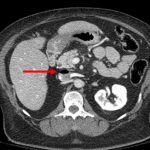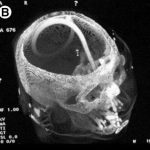Trauma surgeons generally dread the negative laparotomy for trauma. Previous work has shown that complications occur in anywhere from 22% to 53% of cases. Those studies were usually retrospective and included patients with penetrating trauma, which may have skewed the results.
A newly published study tries to throw this common wisdom in doubt. It was a retrospective review of a prospectively maintained database of trauma admissions after blunt trauma . Patients were separated into groups who underwent immediate, delayed or no laparotomy, as well as whether they had or did not have associated injuries. Complications were tracked using an accurate and validated tracking system. The complications tracked included death, DVT, PE, infections, pulmonary issues, as well as other organ system problems.
The authors found that a negative laparotomy did not increase the complication rate, but that a delayed laparotomy did. They also noted that a Complication Impact Score (that they made up) was higher in the delay to laparotomy patients. So they believe that when clinical and imaging findings are equivocal, doing an operation to establish a diagnosis is justifiable.
My Bottom Line: This study does not look at really delayed complications like small bowel obstruction, which we see with some regularity in old trauma patients. Also, other studies have also shown that brief observation, even in patients with a bowel injury, does not increase complications significantly. Unless the potential injury that you are observing is known to have significant complications, my practice is to observe equivocal cases in order to avoid more complications down the road.
Reference: “Never be wrong”: the morbidity of negative and delayed laparotomies after blunt trauma. J Trauma 69(6): 1386-1392, 2010.



